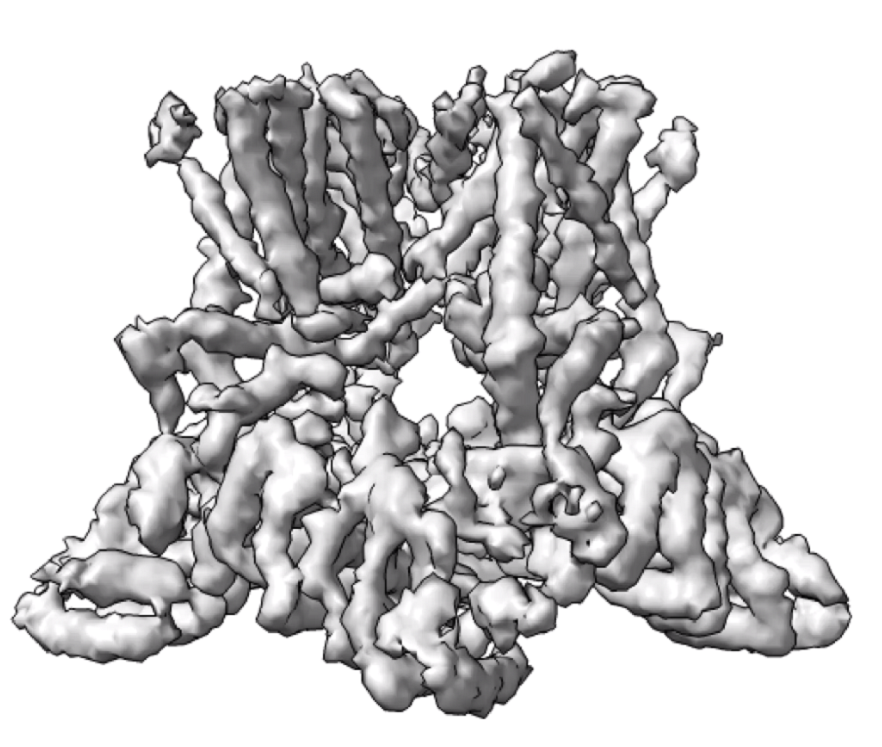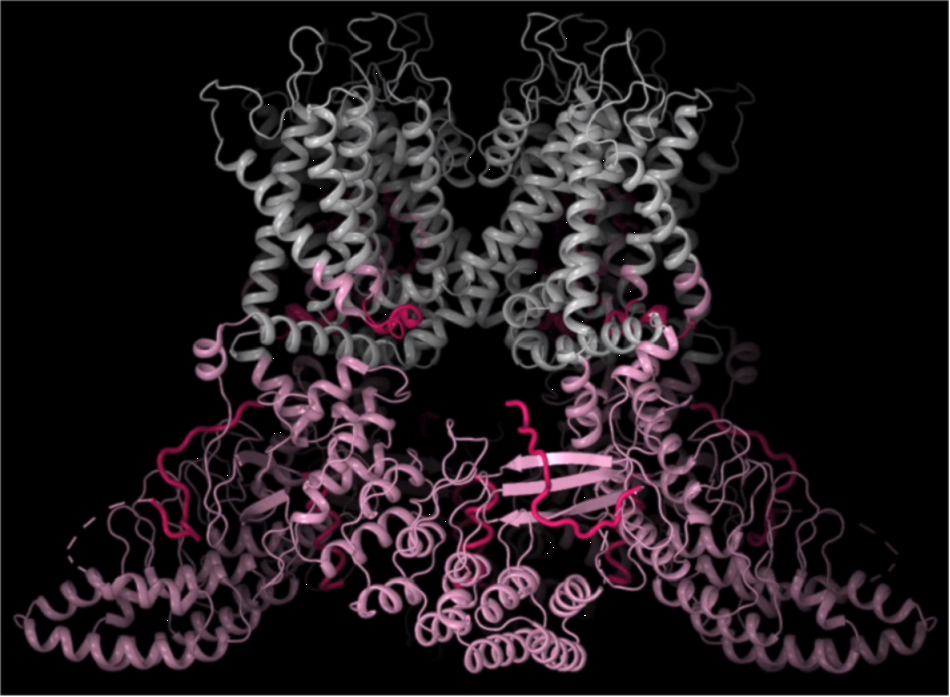Structural basis of heat-induced opening of TRP channels
TRPV3 is an ion channel involved in the detection of temperature changes, pain, itching, skin barrier maintenance, wound healing and hair growth. Disturbances in its function are the cause of many serious human skin diseases, including the genodermatosis known as Olmsted syndrome, atopic dermatitis, rosacea and psoriasis. An international team of scientists led by Prof. Alexander Sobolevsky (Columbia University, New York, NY, USA), in collaboration with scientists from the Institute of Physiology of the Czech Academy of Sciences in Prague, has identified how the TRPV3 channel is altered by heat and determined the molecular basis of its activation. The study shows that opening of TRPV3 by temperatures exceeding the physiological threshold (higher than 40 °C) involves changes in the secondary structure of specific regions of the channel protein complex, but also active participation of membrane lipids. The result is an important contribution to the understanding of the general molecular mechanisms of thermal activation of TRPV channels and a prerequisite for the search for possible approaches to their pharmacological regulation. The importance of the research on these remarkable protein complexes is evidenced by the recent award of the 2021 Nobel Prize in Physiology or Medicine to two American scientists, David Julius and Ardem Patapoutian.
Left: transition between open and closed states of TRPV3 subjected to temperature cycles. Structures were obtained by Cryo-EM. Right, structural transitions between closed, sensitized and open states. Dynamic regions are highlighted in pink, the elements undergoing the strongest structural changes are highlighted in dark pink.
Nadezhdin, K. D. - Neuberger, A. - Trofimov, Yu. A. - Krylov, N. A. - Sinica, Viktor - Kupko, N. - Vlachová, Viktorie - Zakharian, E. - Efremov, R. G. - Sobolevsky, A. I. Structural mechanism of heat-induced opening of a temperature-sensitive TRP channel. Nature Structural & Molecular Biology. Roč. 28, č. 7 (2021), s. 564-572. ISSN 1545-9993. E-ISSN 1545-9985, IF: 15.369, rok: 2020, DOI


